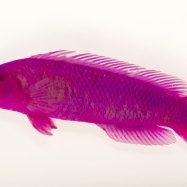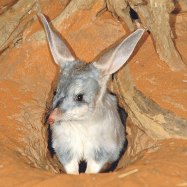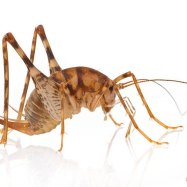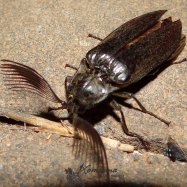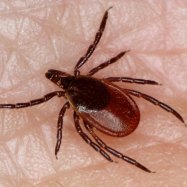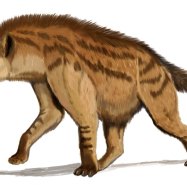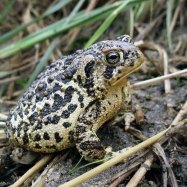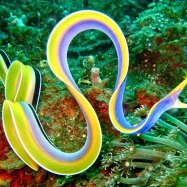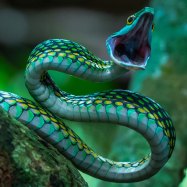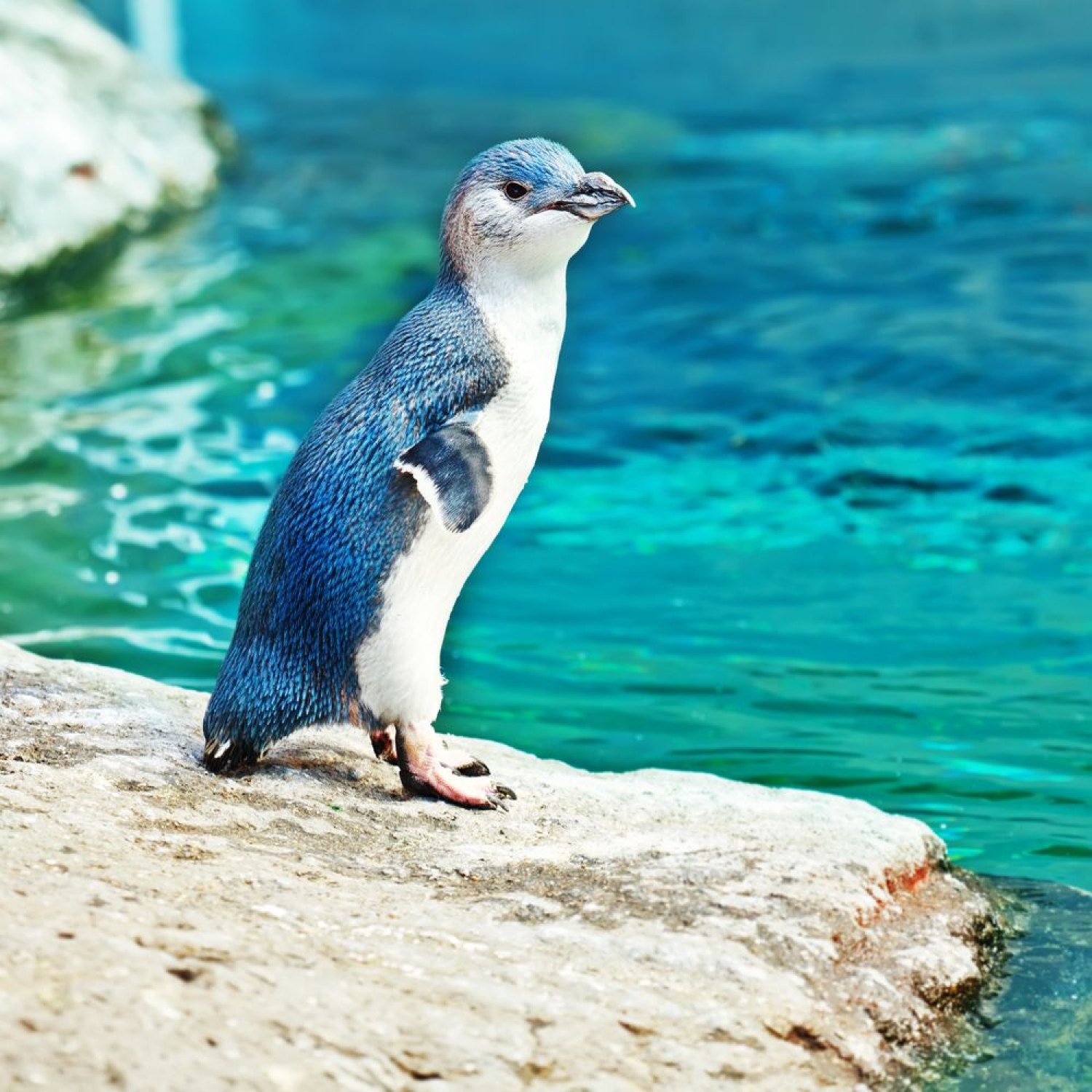
Little Penguin
30-33 cm
Meet the Little Penguin, a charming creature found in the Southern Hemisphere. These small and compact birds, measuring 30-33 cm in length, belong to the Spheniscidae family. With their cute waddle and distinctive tuxedo-like appearance, it's no wonder why they're a beloved animal all over the world. So next time you're in the Southern Hemisphere, keep an eye out for these adorable penguins!
Animal Details Summary:
Common Name: Little Penguin
Kingdom: Animalia
Habitat: Coastal areas
The Lovable Little Penguin: A Fascinating Creature of the Southern Hemisphere
From the freezing waters of the Southern Hemisphere rises a feisty and adorable little bird – the Little Penguin. Despite its small size, this bird has captured the hearts of many with its charming personality and striking appearance. In this article, we'll dive deep into the world of the Little Penguin – exploring its habitat, feeding habits, geographical distribution, and fascinating features.A Close Encounter of the Feathered Kind
The first time I saw a Little Penguin, I couldn't believe my eyes Little Penguin. I was on a boat tour along the coast of Australia when I spotted a group of tiny birds waddling on the shore. They were dressed in a blue-grey coat with a white belly, and their petite size only added to their cuteness. I quickly learned that this was a Little Penguin colony, and I was in for a treat.The scientific name of the Little Penguin is Eudyptula minor, and it belongs to the animal kingdom of Animalia, the phylum of Chordata, and the class of Aves. They are part of the Sphenisciformes order, which includes all penguin species, making them distant cousins of the majestic Emperor and King Penguins.
A Family of Comical Creatures
The Little Penguin is part of the Spheniscidae family, which includes 18 species of penguins. They are the smallest of the penguin species, with an average height of 30-33 cm and a weight of 1 kg, making them around the same size as a domesticated cat. However, don't let their size fool you – they are tough and adaptable creatures, perfectly suited to their coastal habitat.Home is Where the Ocean Is
The Little Penguin is native to the Southern Hemisphere, primarily found in coastal areas of Australia and New Zealand Leedsichthys. Their preferred habitat is on offshore islands, where they can retreat to the safety of the water if needed. They also tend to nest along the mainland of their native countries, choosing sandy or rocky areas near the water's edge.Feathers and Food
The Little Penguin may be small, but it has a mighty appetite. These birds are carnivorous, preying on small fish, crustaceans, and squid. They have sharp, hooked beaks designed for catching and tearing prey. Unlike other penguin species, the Little Penguin feeds primarily during the day, making it easier to spot them in action.One of their most fascinating behaviors is their ability to dive and swim with incredible agility. With their wings acting as flippers, they can reach depths of up to 60 meters while staying underwater for around one minute. This allows them to hunt for their food while avoiding predators such as seals and sharks.
The Great Migration
The Little Penguin doesn't migrate as a whole species, but instead, they migrate individually. This migration is usually from their nesting grounds to their feeding grounds, which can be up to 50 km away. They have impressive navigation skills, using the earth's magnetic field and landmarks to guide them back to their original nesting spots.Unfortunately, like many other penguin species, the Little Penguin is currently facing threats to its population. Human activities like overfishing, oil spills, and pollution have a significant impact on their food source and habitat. Conservation efforts are in place in Australia and New Zealand to protect these birds and their nesting sites.
A Blue-Grey Coat and a Compact Body
One of the most striking features of the Little Penguin is its blue-grey upperparts and white underparts, similar to a tuxedo suit. This coloration acts as camouflage when they are in the water, making it easier for them to blend in and avoid predators. It also helps them keep warm in the cold, southern waters.Their body shape is unique, with a small and compact frame. This allows them to conserve heat and energy, making them well-suited to their frigid habitat. Their feathers are waterproof, ensuring that they remain insulated and dry while diving and swimming.
Discovering the Little Penguin
If you are lucky enough to live near the coast of Australia or New Zealand, you may have the chance to spot a Little Penguin waddling along the shore. They are known for their comical walk, taking small steps while swaying their bodies from side to side. If you ever come across a Little Penguin, remember to keep a respectful distance, as they are a protected species, and their well-being should always be a top priority.A Bird Worth Celebrating
In conclusion, the Little Penguin is a fascinating and lovable creature of the Southern Hemisphere. From their coastal habitats to their unique feeding habits, every aspect of this bird's life is remarkable. Despite facing threats to their population, their resilience and tenacity give us hope for their conservation. As we continue to learn more about these incredible animals, it is essential to protect and preserve their natural habitats to ensure the survival of this truly remarkable species.

Little Penguin
Animal Details Little Penguin - Scientific Name: Eudyptula minor
- Category: Animals L
- Scientific Name: Eudyptula minor
- Common Name: Little Penguin
- Kingdom: Animalia
- Phylum: Chordata
- Class: Aves
- Order: Sphenisciformes
- Family: Spheniscidae
- Habitat: Coastal areas
- Feeding Method: Carnivorous
- Geographical Distribution: Southern Australia and New Zealand
- Country of Origin: Australia and New Zealand
- Location: Southern Hemisphere
- Animal Coloration: Blue-grey upperparts and white underparts
- Body Shape: Small and compact
- Length: 30-33 cm
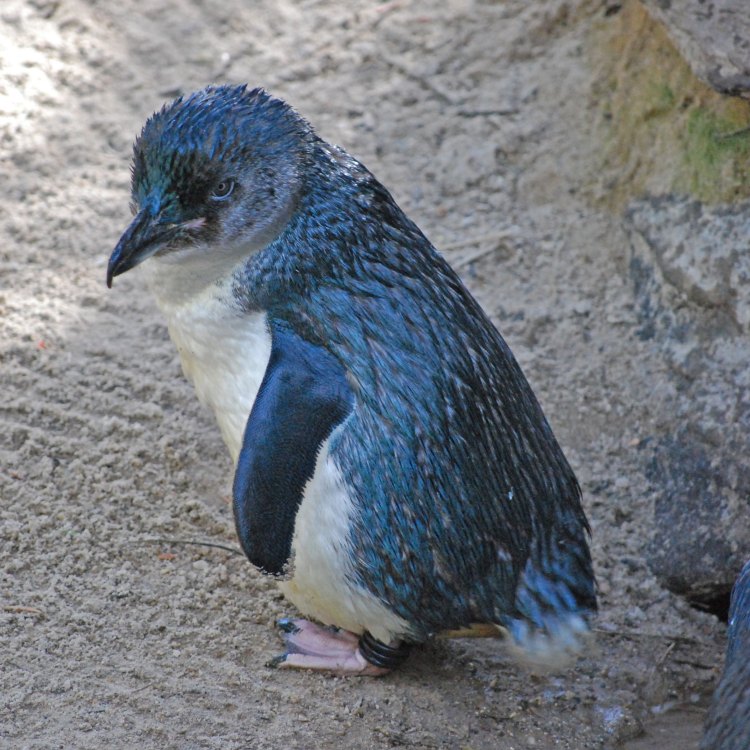
Little Penguin
- Adult Size: 1-1.4 kg
- Average Lifespan: 6-20 years
- Reproduction: Monogamous
- Reproductive Behavior: Colonial nesters
- Sound or Call: Loud braying call
- Migration Pattern: Non-migratory
- Social Groups: Colonial
- Behavior: Active during the night
- Threats: Predation, habitat destruction, pollution
- Conservation Status: Least Concern
- Impact on Ecosystem: Important predators of small fish and squid
- Human Use: Tourism, scientific research
- Distinctive Features: Small size, blue-grey coloration, white underparts
- Interesting Facts: Also known as the Fairy Penguin, the Little Penguin is the smallest species of penguin. They are excellent swimmers and can dive to depths of over 60 meters. Little Penguins have unique feather patterns that allow them to blend in with their surroundings in the water.
- Predator: Seals, sharks, and larger birds
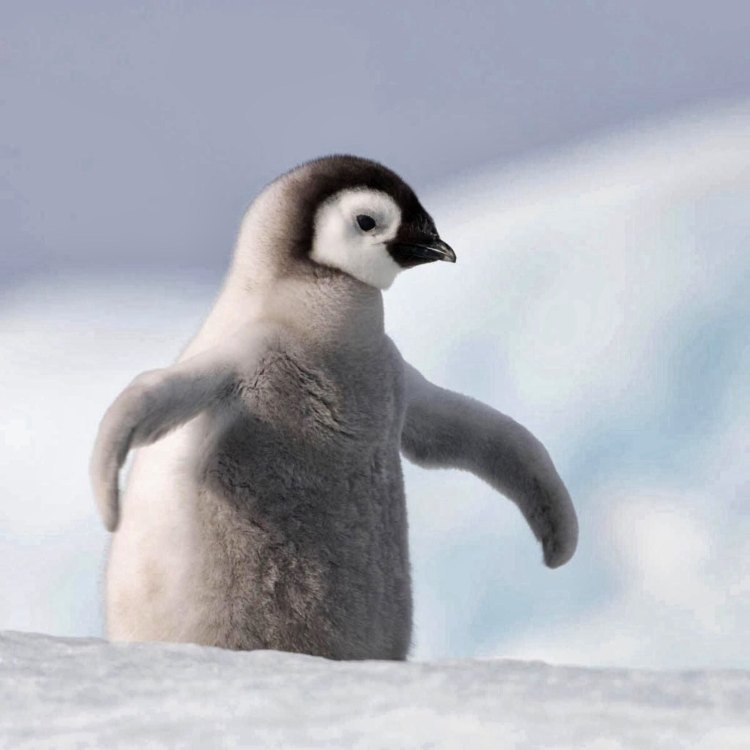
Eudyptula minor
The Little Penguin: Adorable, Social, and Vital to the Ecosystem
When we think of penguins, we often picture the iconic black and white Emperor Penguin waddling across the icy landscapes of Antarctica. However, there are actually 18 different species of penguins found across the Southern Hemisphere, each with their own unique characteristics. Among them is the Little Penguin, also known as the Fairy Penguin, the smallest and arguably the cutest penguin of them all.This species, scientifically known as Eudyptula minor, is found along the southern coast of Australia and New Zealand, making them the only species of penguin to nest on those continents PeaceOfAnimals.Com. They have captured the hearts of many with their petite size, sociable behavior, and distinctive features. But there is much more to this adorable bird than meets the eye.
The Size and Lifespan of the Little Penguin
As their name suggests, Little Penguins are on the smaller end of the penguin size spectrum. Adults typically weigh between 1 to 1.4 kilograms, which is just a fraction of the size of Emperor Penguins, who can weigh up to 45 kilograms. They also have a smaller height, reaching only around 30 centimeters tall.Despite their small size, Little Penguins have a relatively long lifespan, with an average of 6-20 years. However, they have been known to live up to 24 years in captivity. This longevity is made possible through their excellent adaptation to their environment and strong social bonds Lake Sturgeon.
Reproduction and Behavior
Little Penguins are monogamous creatures, meaning they mate with only one partner for life. They breed during the spring and summer months, creating nests in large colonies known as rookeries. These colonies can consist of up to 3,000 penguins, making them the most social species of penguin.During the breeding season, male penguins will dig burrows or use natural crevices to create nests for their partners and offspring. This behavior has earned them the nickname "colonial nesters." The female penguins will lay two eggs, and both parents take turns incubating them for about 35 days. Once the chicks hatch, both parents work together to raise and care for them until they are old enough to fend for themselves.
Sound and Reproduction Behavior
One distinctive feature of Little Penguins is their loud braying call, which can be heard from a distance. This call helps them communicate with their partners and locate each other in the noisy rookeries. They also use different types of calls to identify themselves to their partners, making the monogamous bond even stronger.Similar to other penguins, Little Penguins are also excellent swimmers. They use their wings to propel themselves through the water, reaching speeds of up to 40 kilometers per hour. They are also skilled divers, with some individuals able to dive to depths of over 60 meters in search of food.
Non-Migratory and Social Groups
Unlike some other penguin species, Little Penguins do not migrate long distances. They are considered non-migratory, staying within their breeding colonies and surrounding areas throughout the year. However, some individuals may travel short distances in search of food.As previously mentioned, Little Penguins are highly social creatures, forming large colonies. They also tend to travel in groups while hunting for food, where they display coordinated movements like marching in a line or porpoising (swimming and leaping out of the water).
Threats and Conservation Status
Unfortunately, like many other species, Little Penguins face several threats to their survival. Predation is one of the biggest threats, with seals, sharks, and larger birds being their main predators. Habitat destruction, pollution, and climate change also have significant impacts on their populations.Despite these threats, Little Penguins are currently classified as "Least Concern" on the IUCN Red List, thanks to conservation efforts and strict protection laws in their native countries. Australia even has a dedicated Little Penguin Conservation Center, where visitors can learn more about these birds and their habitat.
Importance to the Ecosystem and Human Use
Little Penguins may be small in size, but they play a vital role in the marine ecosystem. They are important predators of small fish and squid, helping to maintain the balance of their food web. They also serve as prey for larger predators, further contributing to the intricate web of species in their environment.Apart from their ecological significance, Little Penguins also have economic value. They are a popular attraction for tourists in Australia and New Zealand, with many opportunities for penguin watching tours and encounters. They are also a subject of scientific research, providing valuable insights into the behavior, physiology, and conservation of penguins.
Distinctive Features and Interesting Facts
One of the most striking features of Little Penguins is their blue-grey coloration on the back and white underparts. This coloration serves as camouflage, helping them blend in with the water and protect them from predators.Another interesting fact about Little Penguins is their alternate name, Fairy Penguin. This name comes from the ancient French word 'faiere,' meaning 'enchantress.' It is thought to refer to the mystical and magical abilities these birds were believed to possess among the indigenous people of New Zealand.
In a Nutshell
Little Penguins may be small, but they are mighty in their existence. They have adapted to their environment, formed strong social bonds, and play an essential role in the ecosystem. But like many other species, they face threats that jeopardize their survival. It is our responsibility to protect and preserve these adorable and valuable creatures so that future generations can continue to marvel at their charm and unique features.
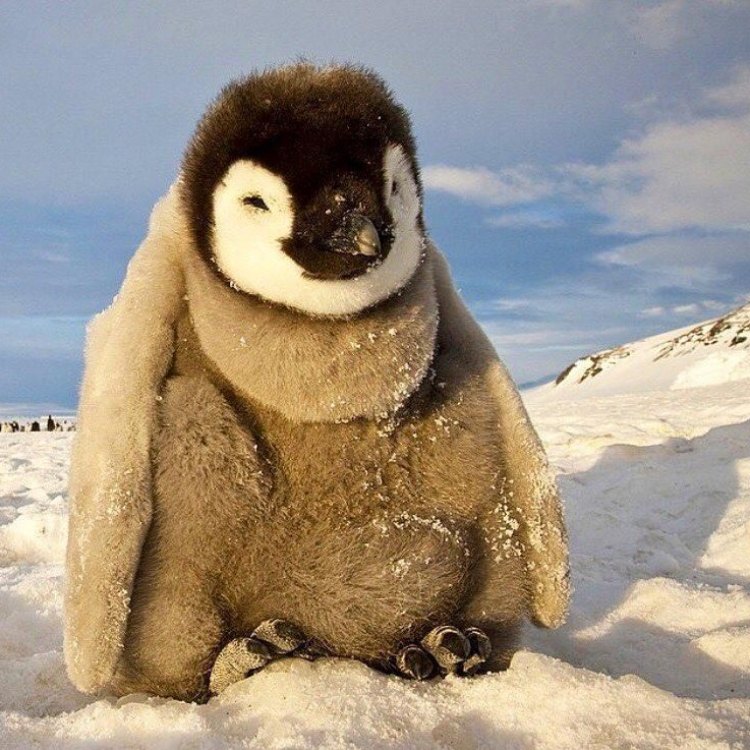
The Lovable Little Penguin: A Fascinating Creature of the Southern Hemisphere
Disclaimer: The content provided is for informational purposes only. We cannot guarantee the accuracy of the information on this page 100%. All information provided here may change without prior notice.


